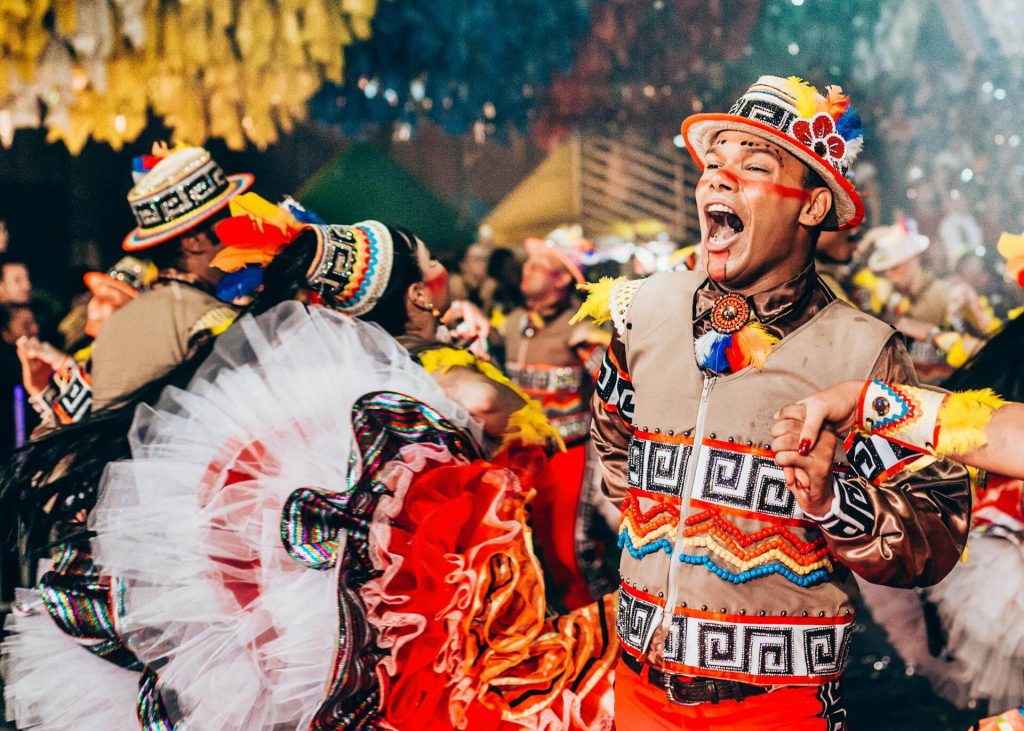Before laws or skyscrapers, we had stories—campfire whispers, painted caves, lullabies that kept fear at bay. Culture starts there, with meaning passed from one person to another. It’s the glue that holds a crowd together and the mirror that shows us who we are. When a grandmother shares a proverb, when a kid remixes a meme, when a mural blooms on a blank wall—culture moves. It’s not stuck in museums; it’s alive in kitchens, markets, playlists, and timelines. And yes, it’s messy. But in that beautiful mess, we find identity, belonging, and the courage to try again when the world gets loud.

The Everyday Stage Where We All Perform
Culture isn’t an elite club; it’s the daily stage we step onto without thinking. The way we greet neighbors, the snacks we crave at midnight, the slang that makes us grin—those tiny habits form a living script. Fashion shows up as sari pleats and sneaker drops. Music sneaks in through church choirs and lo-fi beats. Even the rules we break (quietly!) tell a story about what we value. Walk a city block, and you’ll see a dozen traditions trading winks: street food next to galleries, protest signs beside pop-up shops. Culture evolves because we do, and every choice adds a fresh line to the script.
When Traditions Meet Technology
Hand on heart, nothing reshapes culture faster than our devices. A folk dance becomes a viral trend; a family recipe travels continents in a 30-second reel. Is that scary? Sometimes. But it’s also a chance to archive wisdom, amplify unheard voices, and build bridges where none existed. Digital spaces let diaspora communities stay rooted while growing new leaves. Zines turn into newsletters; garage bands become global. Of course, algorithms can trap us in echo chambers—still, with mindful curation and a dash of curiosity, tech can widen our lens. Culture online isn’t a copy; it’s a remix, and often, a revelation.
Culture As A Compass For Change
Here’s the truth: policy shifts are vital, but culture primes the ground. A film changes how we see a neighbor. A novel softens a hardened stance. A festival teaches us to share space—then a city learns to plan better. Culture creates emotional rehearsal rooms where we can test brave ideas without breaking the world. That’s why artists, educators, and organizers matter so much. They translate hard data into human stakes, turning statistics into faces and names. When culture moves hearts, behavior follows. New habits become traditions, and—before you know it—yesterday’s radical notion feels like common sense.
Keeping Culture Inclusive, Curious, And Kind
To keep culture vibrant, we’ve gotta protect the conditions that let it grow: access, curiosity, and care. Make rooms where newcomers feel welcomed, not sized up. Fund small experiments, not just polished finales. Teach kids to ask better questions, to listen across differences, to share the mic. Preserve elders’ wisdom, but leave space for the next remix. And as we move, let’s remember place—streets, languages, and landscapes that shaped us. Culture thrives when people do: nourished, safe, and seen. In the end, it’s simple. Treat culture like a living garden—weed gently, water generously, and celebrate every unexpected bloom.
